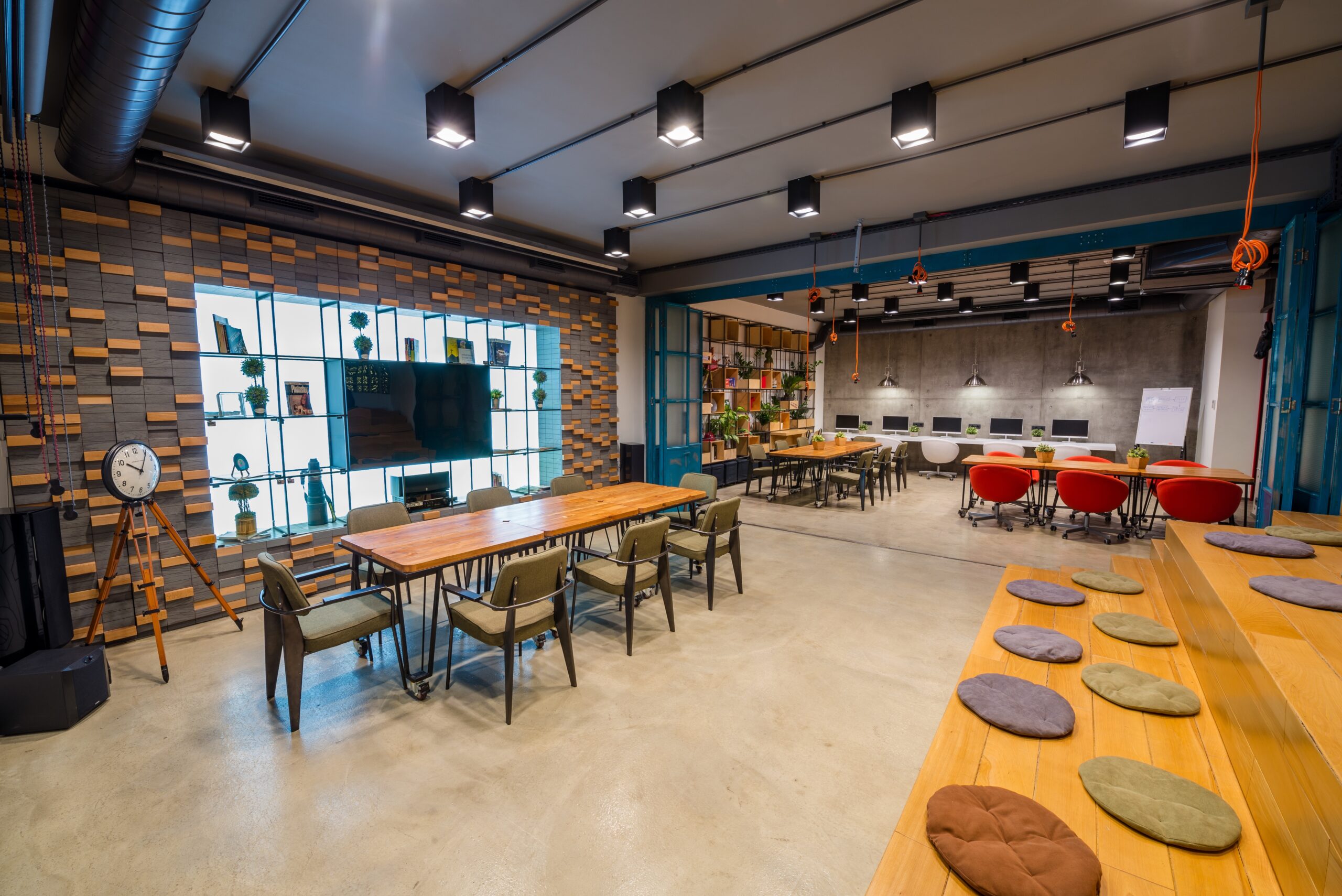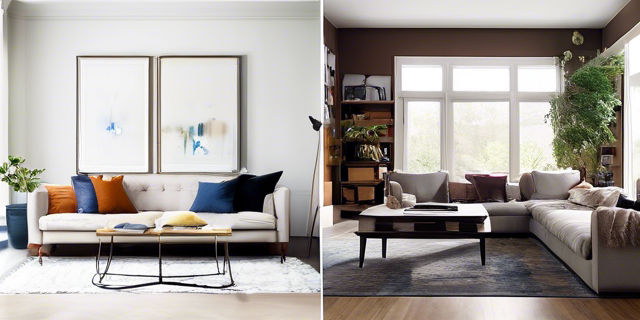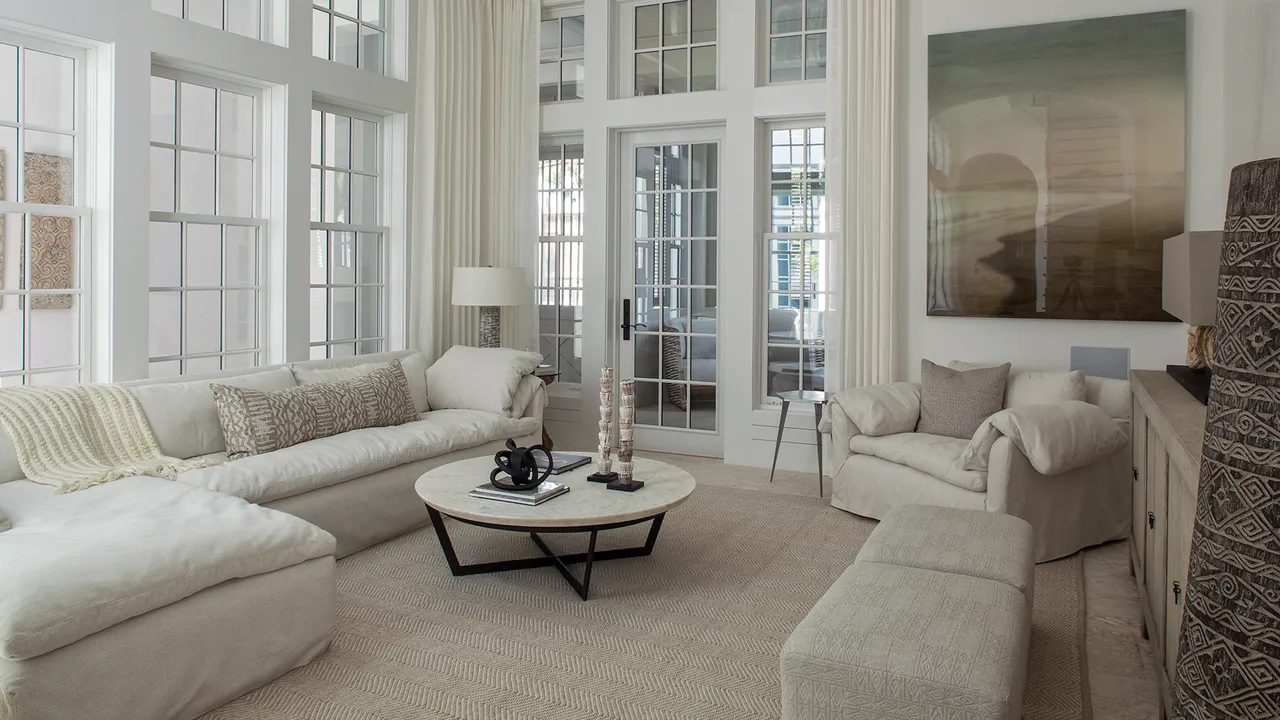In the dynamic world of commercial real estate, interior design performs a pivotal role in shaping the person and functionality of spaces. Beyond aesthetics, a properly-designed industrial area can enhance productiveness, foster creativity, and leave an enduring influence on customers and employees alike.
Creating Functional Spaces:
One of the primary goals of commercial real estate interior design is to create functional spaces that align with the specific needs and goals of the business. Interior designers collaborate with clients to understand their workflow, organizational culture, and branding to craft environments that support productivity and efficiency. From open workspaces to private offices, the layout is meticulously planned to optimize the use of space and facilitate seamless operations.
Embracing Aesthetic Appeal:
While functionality is paramount, aesthetic appeal is equally important in commercial interior design. A well-designed space can convey a brand’s identity, values, and ethos. The choice of colors, materials, and furnishings all contribute to creating a cohesive and visually pleasing environment. Modern designs often incorporate a blend of sleek lines, innovative textures, and a balance of natural and artificial lighting to create inviting and inspiring atmospheres.
The Impact of Technology:
In the digital age, technology is a key player in commercial interior design. Smart offices are becoming increasingly popular, with features such as automated lighting, climate control, and integrated communication systems. The seamless integration of technology not only enhances the overall functionality of the space but also reflects a forward-thinking approach that resonates with contemporary business practices.
Sustainability and Green Design:
The shift towards sustainable and eco-friendly practices has influenced commercial interior design. Businesses are increasingly more recognizing the importance of environmentally aware design alternatives, from power-efficient lighting to green substances. Green layout now not best aligns with company social responsibility however additionally contributes to creating healthier and greater inspiring paintings environments.
Trends in Commercial Interior Design:
- Flexible Workspaces: The concept of flexible workspaces, including hot desking and collaboration zones, is gaining popularity. These versatile layouts adapt to the evolving needs of modern businesses and promote collaboration and innovation.
- Biophilic Design: Bringing elements of nature into the workspace is a growing trend. Biophilic design incorporates natural materials, greenery, and ample natural light to create a connection between the indoor environment and the outdoors, fostering a sense of well-being.
- Multifunctional Furniture: In compact commercial spaces, multifunctional furniture is a game-changer. Pieces that serve dual purposes, such as storage ottomans or convertible desks, optimize space without compromising on style.
Conclusion:
Commercial real estate interior design is a dynamic and evolving field that goes beyond mere aesthetics. It’s about creating environments that align with the goals and values of businesses while fostering productivity, collaboration, and well-being. As technology advances and sustainability becomes a priority, the future of commercial interior design promises even more innovative and inspiring spaces for businesses to thrive.
Must Read: Decoding the Essence: Unveiling the Difference Between Contemporary and Modern Interior Design



